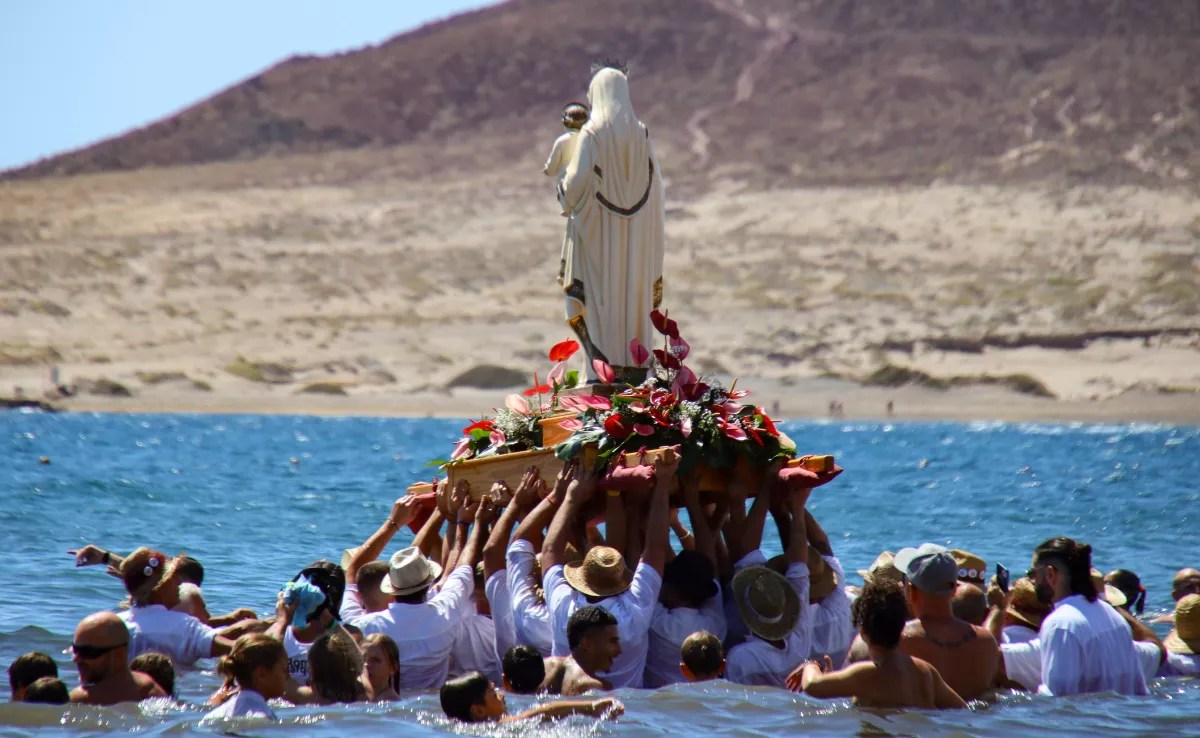Women had to get ahead in the cruelest way, but also extremely brave in the period of the Spanish Civil War in the Canary Islands, a time of darkness, repression, emigration and lack of hope. This is shown by the stories of several women who give rise to the stories of the three writers who met last Saturday, November 5, at the Casa de la Cultura on the occasion of the second edition of the Tacoronte City Historical Novel Festival .
Despite presenting three different novels, all of them have numerous points in common and show women as active subjects within historical events, as protagonists of the post-war Canary Islands, not as mere observers.
Table Woman. Postwar and repression in the Canary Islands was attended by María del Mar Rodríguez, author of the lender (Dance of the Sun, 2020), Candelaria Pérez who presented Happy in her move (IDEA Editions, 2019) and Cecilia Domínguez Luis, Canary Islands Literature Prize 2015 and author of the smile (IDEA Editions, 2019). The meeting was moderated by the writer and Doctor of History Aarón León, who acknowledged with great emotion seeing the life and stories of his grandmother represented in these novels.
Cecilia Domínguez justifies her work by saying that “nothing had been written about the women who stayed and were forgotten by their husbands […] They knew how to rise above the difficulties”. Through interviews and testimonies of thirty children and grandchildren, she reconstructed her stories and represented the situation of the 1950s in rural areas. In her novel, she captures the cowardice of men who emigrated to form other families, or who even returned when they were sick so that their wives would take care of them. She talks about the difficulties women of the time faced; violations, abuse, abandonment and humiliation. She also refers to social, institutional and economic pressure, what will they say, and a patriarchy in which the woman, absolutely alone, had to get ahead or “die winning”, says the author.
Although the characters and stories of the protagonists are different, the circumstances that affect all of them are similar. Candelaria Pérez explains that she built her story around “the memory of the girl I once was […] All the characters lived in me, in my family, in the gestures, words and habits of the people around me, because when I was two years old my family emigrated”. Despite the double effort that women had to make, for the simple fact of being women and because of the situation in which they found themselves, Candelaria also conveys in her work the support they gave each other, since the protagonist acts as a catalyst and makes the women around her move forward too. She describes a world of movements, projects and life where, despite everything, there is also humor and playfulness.
María del Mar, in the same way as Candelaria, collects the words and stories of her family and focuses on female figures. She tells how patriarchy strips women of everything, despite being privileged or of good birth, when they are left alone after losing their family and husbands. She recounts what life was like for women linked to politics, either vicariously because of their husbands or children, or because they were activists who pursued the freedoms proposed by the left. She even gives voice to lesbian love in a horrific historical context that makes them live their relationship in the shadows.
In short, women, with men in jail, emigrated or shot, had to face all kinds of jobs to support their families and offer a better life to their children. The three authors describe in their stories the shortcomings, misery and humiliation to which they were subjected. But even more important: the sense of survival that they all shared.














